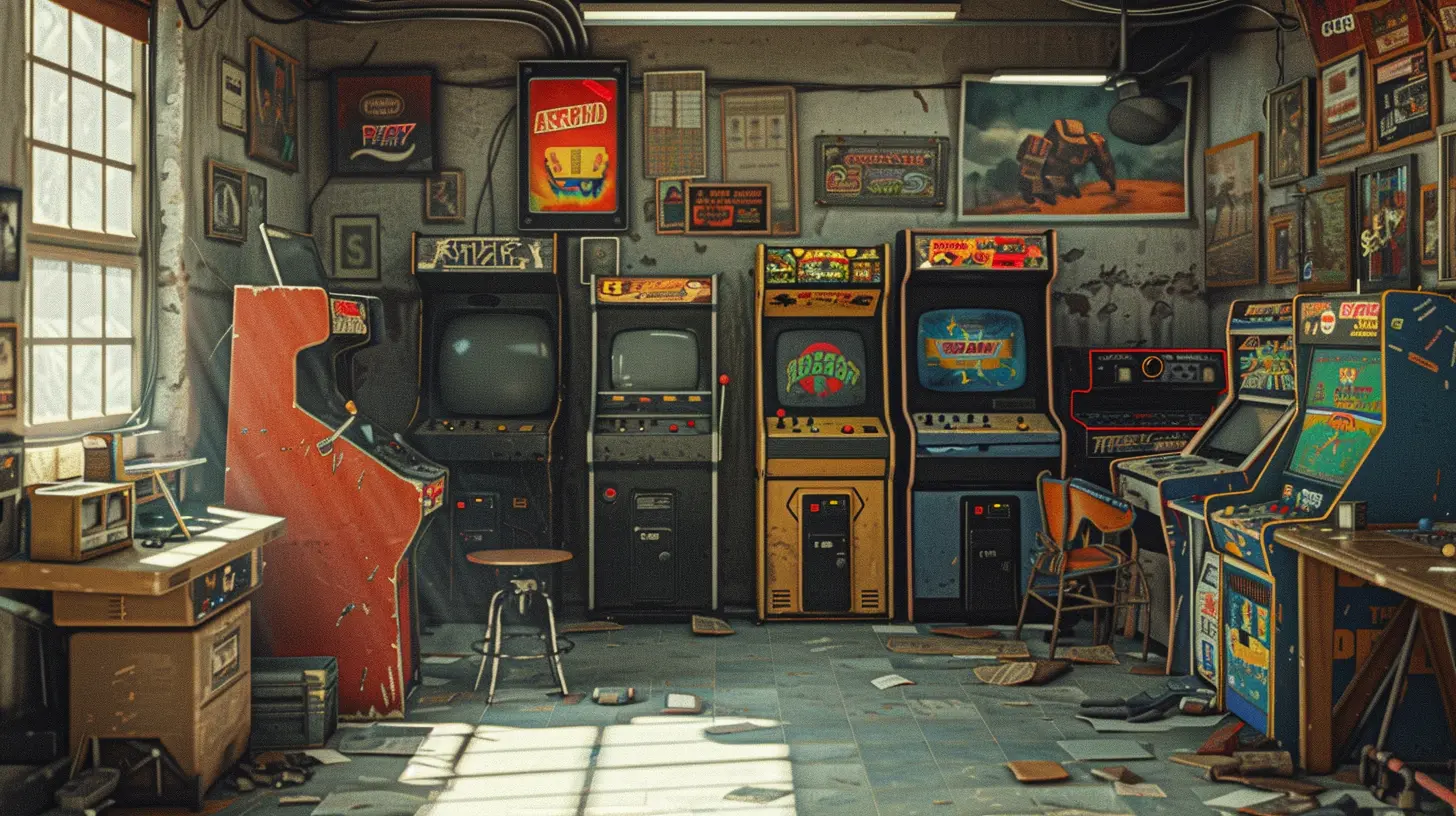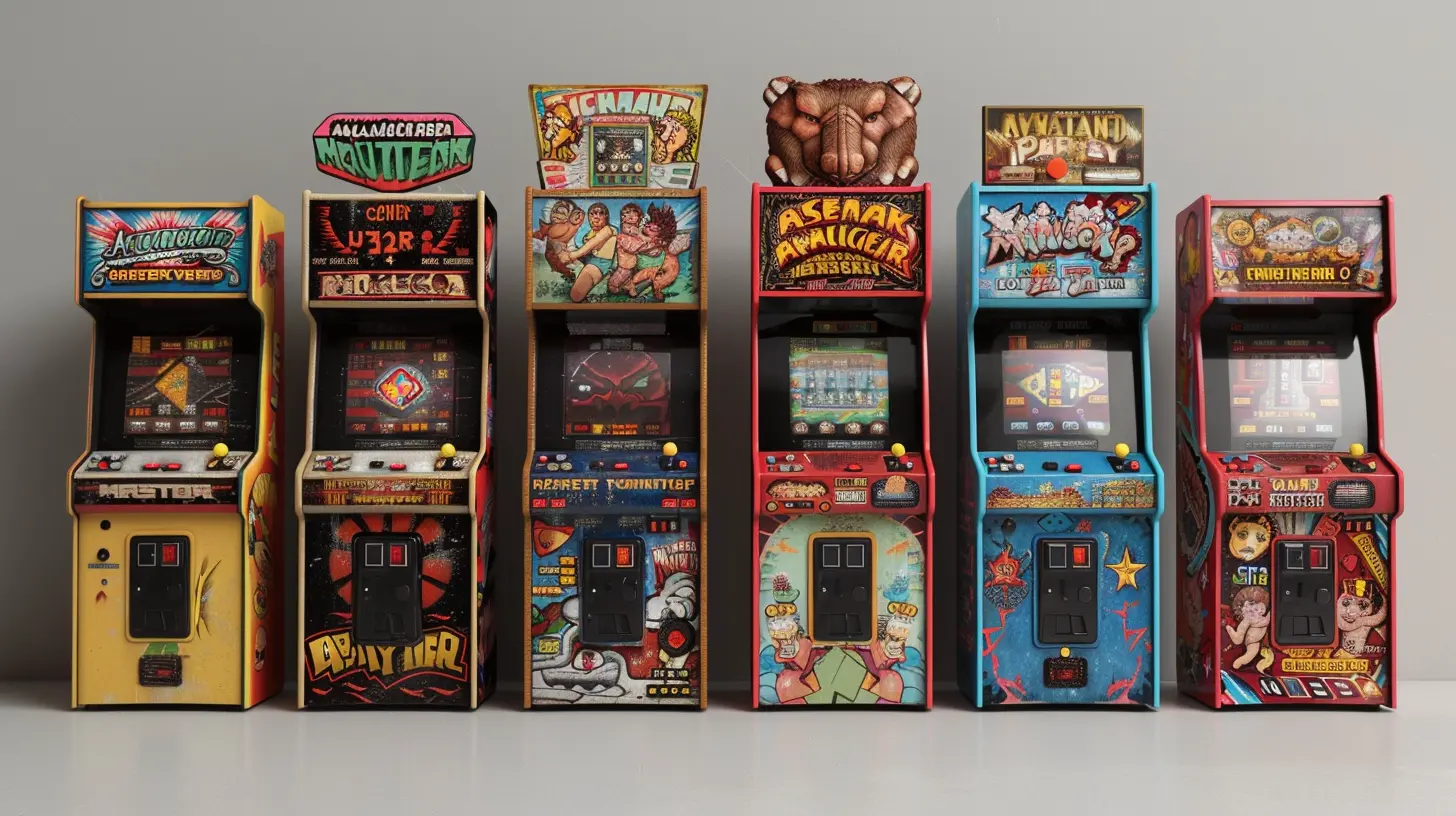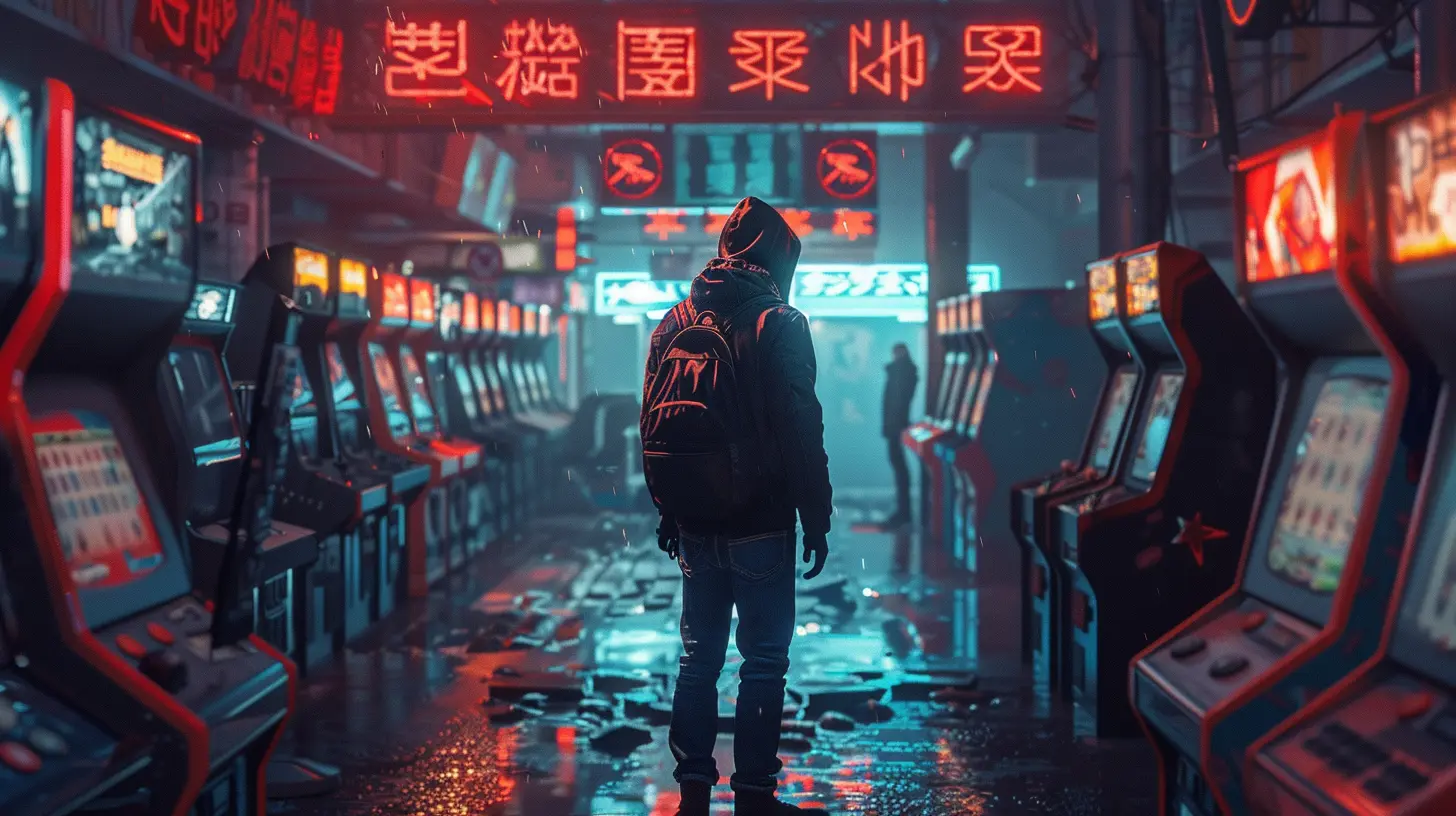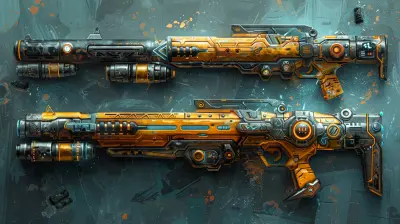Arcade Games that Defined a Generation
19 October 2025
When was the last time you stepped into an arcade and felt the flashing lights, the hum of excitement, and the irresistible pull of a joystick? For many of us, arcades weren’t just places; they were sanctuaries. They were where friendships were sparked over shared quarters, rivalries were born during nail-biting showdowns, and life-highs were achieved with leaderboard-topping scores. Arcade games weren’t just a way to kill time—they defined an entire generation.
In this article, we’re going to take a nostalgic journey back to the golden age of arcade games. We’ll talk about the classics that shaped pop culture, brought people together, and paved the way for modern gaming as we know it today. So grab a virtual bag of quarters and let’s dive in! 
The Golden Age of Arcade Games
Before we jump into specifics, let’s set the scene. The late '70s and '80s were the golden era of arcade gaming. Arcades became neon-lit wonderlands filled with towering machines that emitted catchy chiptunes and electrifying sound effects.It wasn’t just about having fun (although let’s be real, it was a lot of fun). It was about reclaiming your throne on the leaderboard and proving you had the skills to outplay your friends—or strangers who dared to challenge you. These games weren’t just entertainment; they were a way of life. 
The Titans of the Arcade
Some arcade games weren’t just popular; they defined what it meant to be part of that era. These titles weren't just games; they were cultural events that embodied the spirit of their time. Here are the legends:1. Pac-Man — The Yellow Ball That Took Over the World
Let’s face it, can you even mention arcade games without picturing Pac-Man? Released in 1980 by Namco, Pac-Man was an unstoppable force. The gameplay was simple yet addictive: guide the yellow chomping hero through a maze, avoid ghosts, and eat all the pellets.But Pac-Man wasn’t just about the game; it became a cultural phenomenon. There were Pac-Man-labeled lunchboxes, a hit song called “Pac-Man Fever,” and even an animated series. You couldn’t escape the frenzy even if you tried.
Oh, and those ghosts? They weren’t just mindless villains. Each one had a personality. Blinky chased you relentlessly, Pinky tried to ambush you, and Inky kept you on your toes with erratic movements.
Pac-Man taught us that even a little yellow dot can be a global superstar.
2. Donkey Kong — Where Heroes Were Born
Before Mario became the face of Nintendo, he was just a pixelated carpenter trying to save a damsel in distress from a barrel-chucking gorilla. Donkey Kong (1981) marked Mario’s debut, and let’s just say, he started with a bang.The game introduced many things we now consider staples of gaming: multi-level stages, a clear antagonist (the titular Donkey Kong), and a protagonist with a heroic mission. Despite its simplicity, it was wildly innovative for its time.
Not to mention, Donkey Kong gave us one of gaming’s most important origin stories. Without this game, there would be no "Super Mario Bros.” Can you even imagine a world without Mario?
3. Space Invaders — When Aliens Invaded, We Fought Back
Back in 1978, an alien invasion didn’t require a blockbuster movie to captivate audiences—all you needed was Space Invaders. Developed by Taito, this game caught the world by storm with its gripping, shoot-’em-up gameplay.The concept was simple: rows of aliens slowly descended toward Earth, and you controlled a tiny cannon, desperate to fend them off. But what made Space Invaders so darn addictive was the pressure—every time you shot down an alien, the rest started moving faster. It was as if the game could feel your heartbeat speeding up.
Fun fact: the game’s popularity was so immense in Japan that it caused a nationwide coin shortage. Imagine that—a game so good, it broke the economy!
4. Street Fighter II — Where Arcades Became Battlegrounds
If there’s one game that epitomized competitive arcade gaming, it’s Street Fighter II. Released in 1991, this Capcom classic turned arcades into arenas. People lined up, quarters in hand, ready to throw down.What made Street Fighter II revolutionary was its gameplay depth. It wasn’t just about button-mashing; it required strategy, timing, and skill. Each character had unique moves and personalities, making battles feel personal.
Ryu’s iconic Hadouken? Chun-Li’s lightning-fast kicks? Those became the stuff of legends. And the multiplayer aspect? It took rivalries to a whole new level. Beating your friend in Street Fighter II was like winning the lottery—except bragging rights were the only prize you needed.
5. Ms. Pac-Man — A Sequel That Stole Our Hearts
When Ms. Pac-Man dropped in 1981, people couldn’t get enough. It took the charm of the original Pac-Man and improved on almost everything: better maze designs, smarter ghost AI, and, of course, the introduction of the fabulous Ms. Pac-Man herself.Interestingly, Ms. Pac-Man wasn’t created by Namco—it was developed by a group of MIT students who originally made it as an unauthorized mod of Pac-Man. Eventually, Namco loved it so much they made it official.
To this day, Ms. Pac-Man is considered one of the greatest arcade games ever made. Fun, challenging, and timeless—it’s a game that aged like fine wine.
6. Galaga — The Space Shooter We Never Got Over
Released in 1981, Galaga took the concept of Space Invaders and cranked it up to eleven. It wasn’t just about shooting enemies; the game added layers of strategy, like letting yourself get "captured" so you could rescue your ship and unleash double firepower.Its addictive gameplay loop and iconic enemy patterns made Galaga a staple of arcades everywhere. Even today, its legacy lives on in countless modern games that owe a debt to its brilliance. 
Why These Games Still Matter
You might wonder, why do these games hold such a special place in our hearts? After all, gaming has come a long way since the days of chunky pixel art and beeping soundtracks.Well, these games didn’t need state-of-the-art graphics or complex narratives. They succeeded because of their sheer fun factor. They brought people together, inspired healthy competition, and created memories that have lasted for decades.
And let’s not forget—they laid the groundwork for the entire gaming industry. Without them, we wouldn’t have today’s immersive RPGs, detailed open-world adventures, or online multiplayer showdowns. 
Arcade Memories That Last Forever
If you grew up during the golden age of arcades, you probably have a trove of memories tied to these games. Remember the thrill of finally beating that one level you thought was impossible? Or the sinking feeling when you were on your last life, and the machine swallowed your final quarter?Arcades weren’t just about the games; they were about the experience. The chatter of players, the clinking of coins, the glow of CRT monitors in a dimly lit room—it was pure magic.
Even if you didn’t grow up with arcades, you’ve likely felt their influence. From retro-inspired indie games to the resurgence of barcades (bars with arcade games), the spirit of arcade gaming is alive and well.
Final Thoughts
Arcade games weren’t just fleeting moments of entertainment; they shaped an entire generation. They taught us about perseverance, creativity, and the joy of competition. More importantly, they connected us—with friends, family, and strangers alike.So the next time you stumble upon an old arcade cabinet, don’t just walk past it. Drop in a quarter, grab a joystick, and let yourself be transported back to a simpler time—a time when all that mattered was the high score and the thrill of the game.
all images in this post were generated using AI tools
Category:
Arcade GamesAuthor:

Aurora Sharpe
Discussion
rate this article
1 comments
Matteo Russell
This article beautifully captures the nostalgia and impact of arcade games on our lives. It's incredible how those simple pixelated screens brought us joy, connection, and unforgettable memories. Thank you for reminding us of the magic of those moments and the lasting legacy they’ve left in gaming culture.
October 22, 2025 at 3:12 AM

Aurora Sharpe
Thank you for your thoughtful reflection! I'm glad the article resonated with you and captured the magic of arcade games and their lasting impact on our lives.


